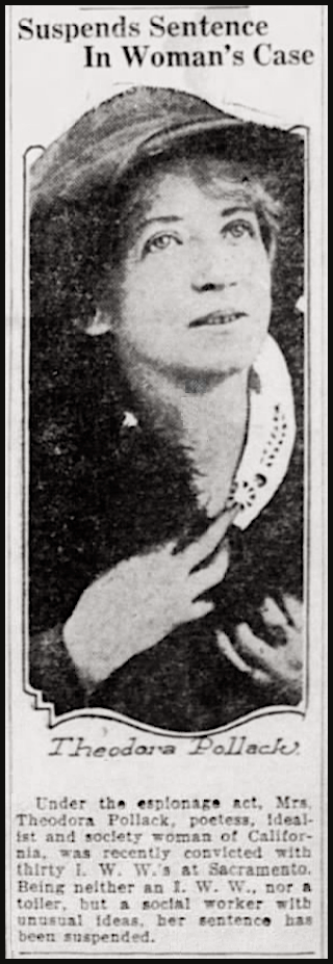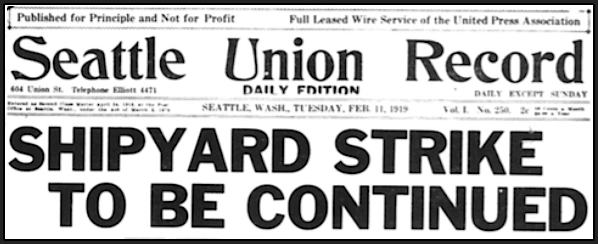 ———-
———-
Hellraisers Journal – Wednesday April 21, 1920
Centralia Defendants Get Heavy Sentences; Anna Louise Strong Reports on Trial
From the Washington Standard of April 6, 1920:
HEAVY SENTENCES GIVEN I. I. W.’S
———-TWENTY-FIVE TO FORY YEARS GIVEN MEN CONVICTED OF
SECOND DEGREE MURDER; PRACTICALLY MEANS LIFE
TO MOST OF THEM; CASE TO BE APPEALED.
———-
—–
The seven men convicted at Montesano March 13 of second degree murder for the slaying of Warren O. Grimm, Centralia Armistice Day parade victim, were sentenced to not less than 25 years in state’s prison and not more than 40 years, by Judge John M. Wilson Monday afternoon.
Defense Attorney Vanderveer took exception to the sentences and gave notice of appeal.
Judge Wilson said that he could not pay any attention to the jury’s plea for leniency in the case of John Lamb and Ray Becker in the light of the evidence submitted. He said he regarded the case against all of the men as identical. Loren Roberts, whom the jury found insane, was ordered sent to the criminal insane ward at Walla Walla penitentiary.
The seven men sentenced to 25 to 40 years were O. C. Bland, Bert Bland, John Lamb, Eugene Barnett, James McInerney, Ray Becker and Britt Smith.
Motion for a new trial was made by Vanderveer, and argued at length but was denied by Judge Wilson before the sentence was passed.
The minimum sentence for second degree murder is 10 years, the maximum life imprisonment. The defense has 90 days in which, to carry the case to the supreme court.
[Photograph and emphasis added.]
From The Nation of April 17, 1920:
Centralia: An Unfinished Story
By ANNA LOUISE STRONG
NEITHER side was satisfied with the compromise verdict rendered by the jury at Montesano in the trial of the eleven members of the I. W. W. charged with the murder of Warren 0. Grimm in connection with the Centralia tragedy on Armistice Day. The prosecution asked that all eleven be convicted of murder in the first degree, as having conspired to commit murder. The defense asked that all be acquitted, as men who had planned only to defend themselves and their hall against a threatened raid. One of the defendants was freed on a directed verdict. Of the ten considered by the jury, two were acquitted, one adjudged insane, and seven convicted of murder in the second degree. Even to the jury itself this verdict was not satisfactory. It brought in first a verdict of murder in the third degree for two of the defendants, but was informed by the judge that this was inadmissible, and upon further consideration changed the verdict to that of murder in the second degree. It is generally conceded that three of the jurors held out for some time for absolute acquittal of all defendants.

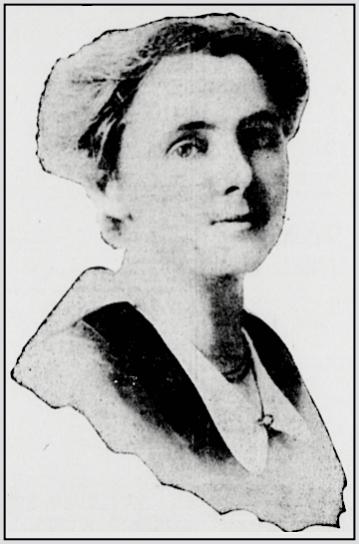
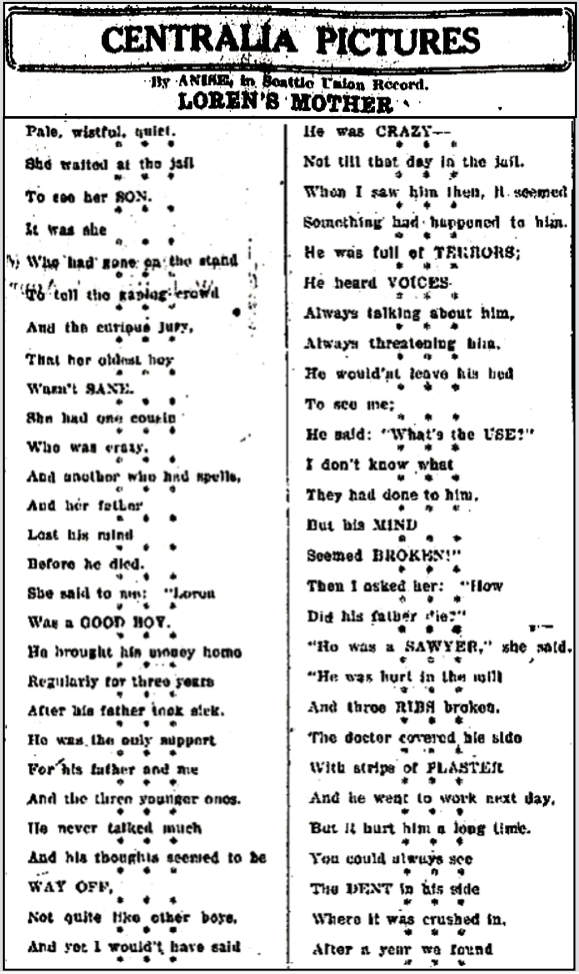 —–
—–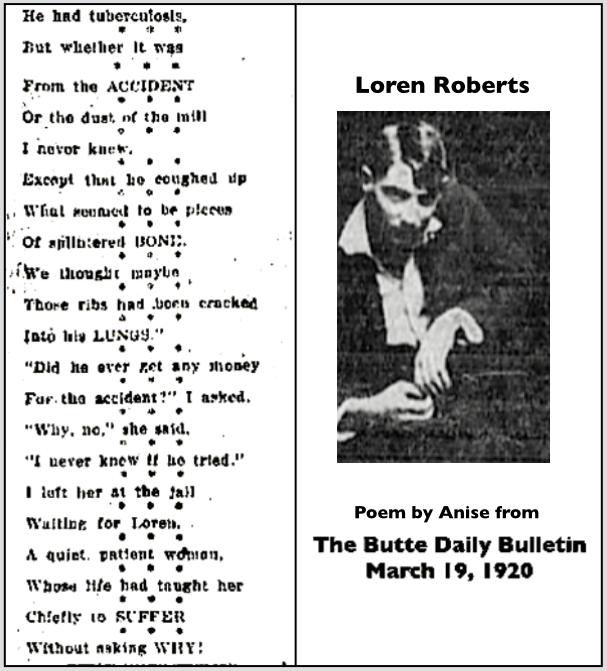 —–
—–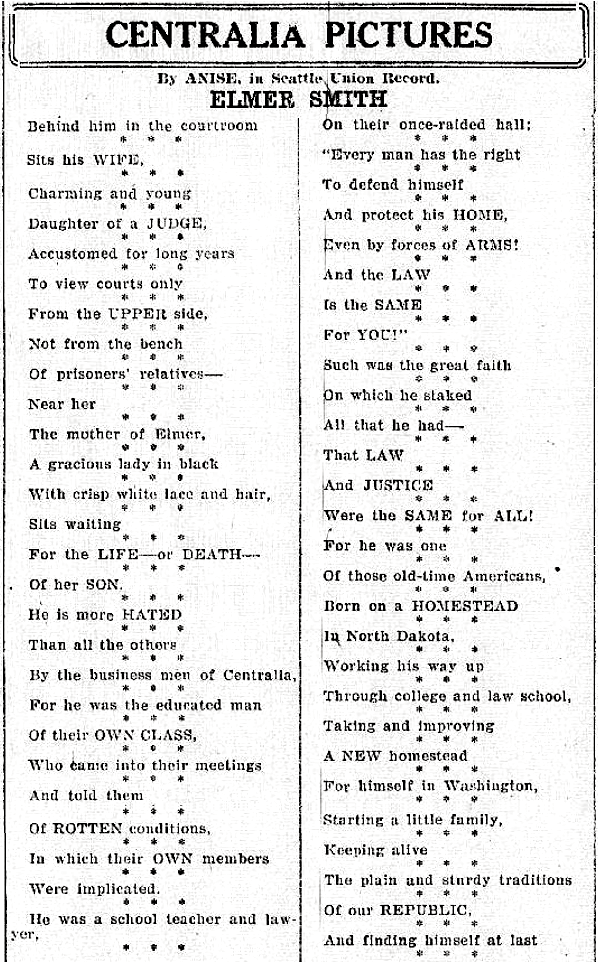
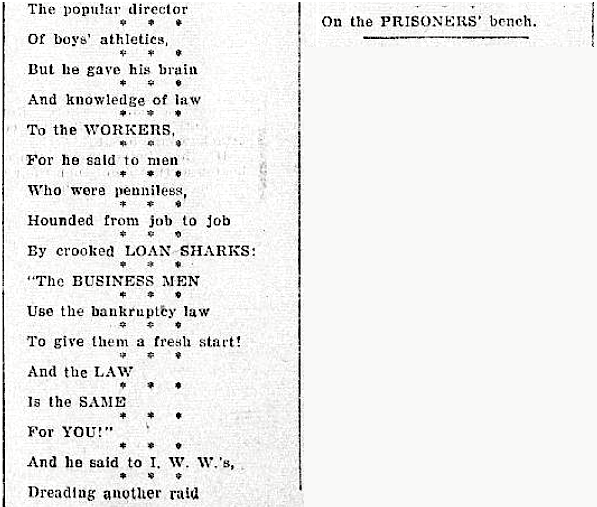
 ———-
———-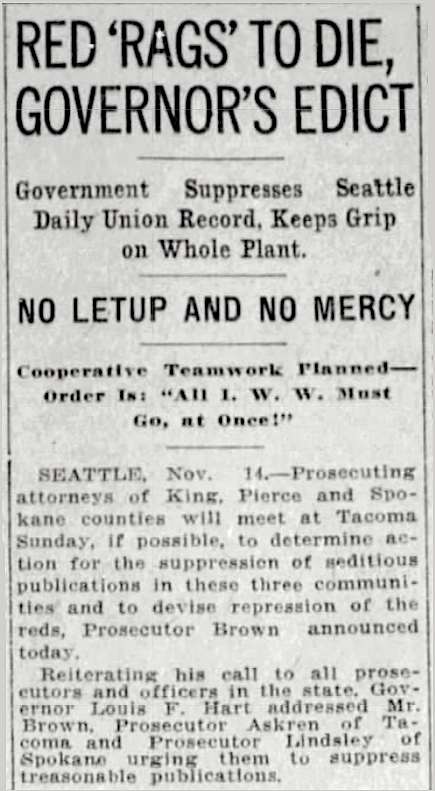
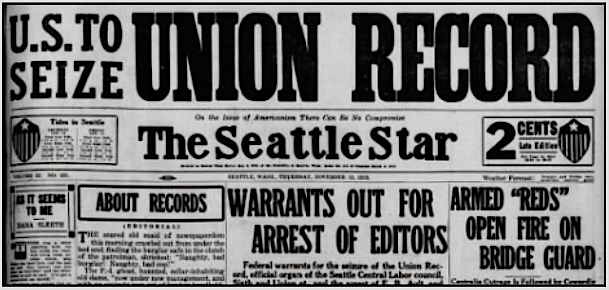
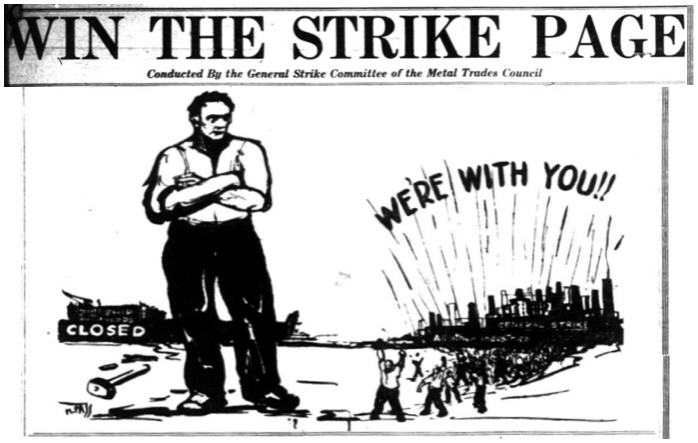
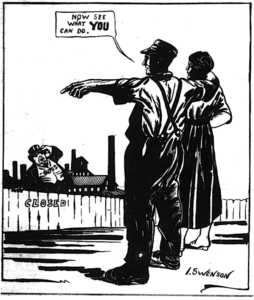
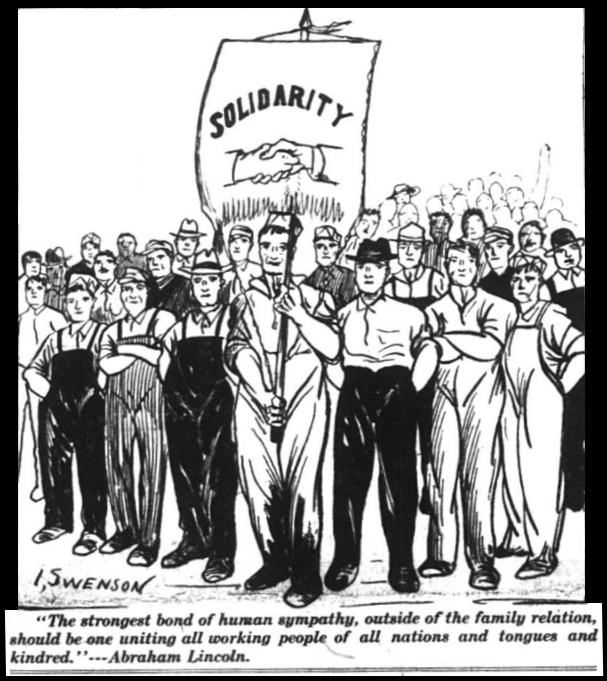
 ———-
———-